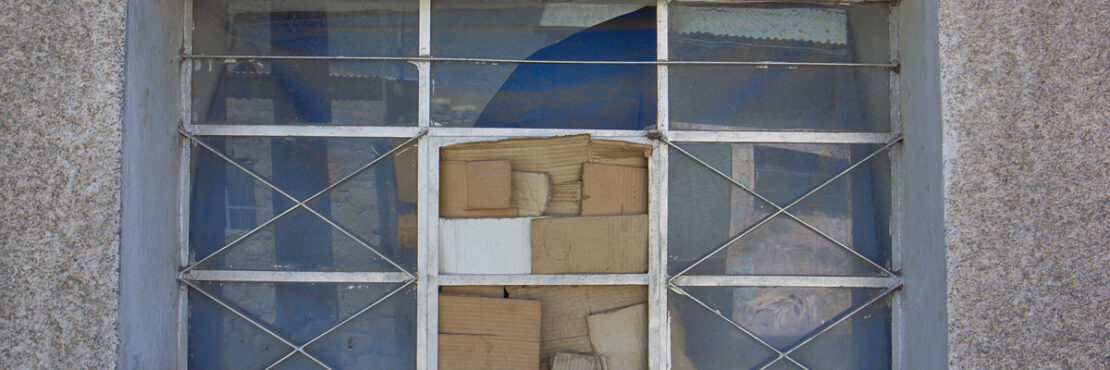
Your landlord should be keeping your building, and your flat, in good repair.
If they do not, there are several things you can do.
Your landlord is responsible for keeping the exterior and structure of your building in good repair. They’re also generally responsible for fittings such as showers, baths, cookers and heating.
You are responsible for making sure you do not cause any harm to the building or your flat through your own activities, for example taking up a carpet, or making a hole in the wall.
Check who is responsible for the issue — you or your landlord. If you’re not sure, your tenancy agreement should make this clear.
Many tenancy agreements are hard to understand, so if you are not sure, there is useful guidance from Shelter on what is covered by the rules.
Note that in Scotland, the vast majority of tenancy agreements of social landlords conform to a model agreement which was prepared by the Scottish Government. This model includes the duties of landlords under schedule 4 of the Housing (Scotland) Act 2001.
Make sure you have contacted your landlord in writing (via their website, or by email or letter) clearly stating the date, what needs to be fixed, any impact it is having on your health or daily life. Use our template letter (you’ll find it on that page) if it helps.
Keep records of all conversations with your landlord over the issue, whether written or verbal. Note the date and any promises made.
If you have done all of the above and it is clear that your landlord is not going to make the repairs, there are a few other things you can try:
Make a formal complaint to your landlord in writing.
If you are a housing association tenant, there should be a complaints procedure on your landlord’s website.
Wait for a response, and if it is unsatisfactory you can reply asking for a ‘final response’ — a last chance for them to put things right — before escalating your complaint.
See our ‘follow up letter’ template which you can use in this situation.
Escalate your complaint.
Eight weeks after your landlord’s final response, if you’re still not satisfied, you can get in touch with the housing ombudsman. This is a free service. Find more detail on this page from Shelter.
Maybe make the repairs yourself
This is something to consider if you have waited a long time with no satisfactory response.
Write to your landlord and tell them that you are giving them notice that you are going to make or arrange the repairs yourself, and take the costs out of your rent.
Make sure you state a reasonable amount of time in which you will wait for a reply before going ahead.
It’s important to follow the right procedure if you do this, or you could be breaking your tenancy agreement and run the risk of eviction.
If you are in England, see this page on doing the repairs if your landlord won’t from Shelter, which also has a template letter you can download. There is also guidance from the Citizens’ Advice Bureau here.
In Scotland, the Right to Repair applies to tenants of social landlords. It is described in this Scottish Government publication.
You may consider legal action.
See more information here [England], or here [Scotland].
Organise
If the problem is widespread, and others in your block are facing similar issues, consider getting together in a residents’ action group, or starting a campaign.
Ask your representatives
Contact your councillor or MP and request their help.


Guide


Tools you can use


Tools you can use


Tools you can use


Tools you can use


Tools you can use


Tools you can use